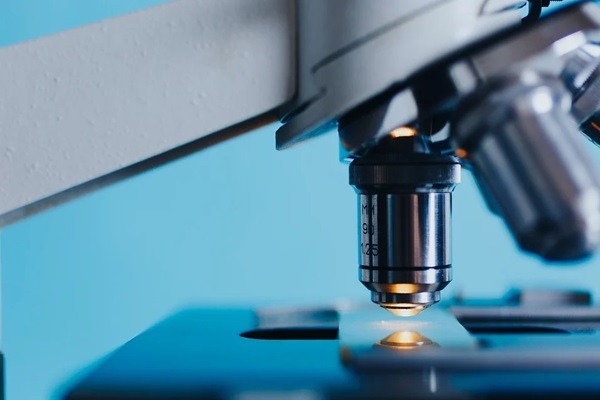Most of us have seen a microscope and wonder what it is for and how it is used. Some of us have even experienced using it in one of our Science subject classes and are amused about the micro-objects and microorganisms that can be seen and observed through its lenses.
Microscopes are laboratory optical instruments used in examining microscopic objects and are utilized mainly by scientists, biologists, and doctors in their laboratories. Some of the most astounding and significant scientific discoveries were also discovered using a microscope. Want to know more about microscopes? Please read on:
What Is A Microscope?
A microscope is a functional optical instrument used in examining too small or microscopic objects. It magnifies the image of the object being studied, allowing the observer to see at a closer view the parts and movements that they want to discern or observe. Microscopes come in many types, but the most common one is the light microscope that utilizes glass lenses in projecting the image of the object being observed.
Uses and Functions
Microscopes are significantly helpful, especially in the fields of medical science and forensic. A microscope can be used to examine forensic evidence, determine the health of an ecosystem, study atomic structures, etc. Histologists also used a microscope in studying tissues and cells to determine if they are cancerous or not.
Parts Of A Microscope
Like any functional scientific instrument, a microscope is made of parts that must all be working fine and without damage to function as it should. The main components of a compound or light microscope include:
Eyepiece
The lens you look through to adjust the focus knob until the image becomes clear is called an eyepiece. It is also where you look when examining the object or the specimen you are about to study. The eyepiece is located at the topmost part of a microscope and usually contains a power lens of 10X or 15X.
Tube, Arm, And Base
The tube, arm, and base serve as the supporting parts that make the microscope whole and functional. The tube connects the microscope eyepiece to the objective lenses. The arm fastens the tube and connects it to the base, while the base supports the whole microscope. The illuminator, which is the steady light source of the microscope, is located in the base.
Stage with Stage Clips
The flat platform located between the illuminator and the objective lenses is called a stage. It is where the slides are placed, and it comes with stage clips that hold the slides in place when using the microscope.
Objective Lenses
There are usually 3 to 4 objective lenses in a microscope that contains a power lens ranging from 4X to 100X. The shortest objective lens is the lowest power, while the longest objective lens is with the greatest power. These lenses are the closest to the specimen or object being examined in the microscope.
How To Use A Microscope
It would be best to use your microscope correctly and with care for it to last a long time. When you transfer it from one place to another, it is greatly recommended that you hold the microscope’s arm with one of your hands and support the base with the other. To use the microscope in examining a specimen, you may follow these steps to ensure that you are using the instrument correctly:
- Put the specimen you would like to examine on the microscope slides and make sure that you place a coverslip over it to flatten it.
- Place the slides on the microscope stage and fasten them with the stage clips to keep them in place.
- When starting to use the microscope, make sure that it is the smallest objective lens that is in place. Turn the focus knob to adjust the stage upward without letting the objective lens touch the coverslip.
- Start looking through the eyepiece of the microscope and adjust the focus knob to place the image of the sample into focus.
- You may readjust the condenser of the microscope for the most precise image. You may also choose to adjust the objective lens if you must.
- When you already have a clear image of the specimen you would like to observe, you may now examine it according to your plan.
- When you are done using the microscope, you must lower the stage and place the smallest objective lens in place for subsequent use.
How To Clean A Microscope
After using the microscope, it would be best to clean and disinfect it to remove the dirt you can find on its frame. In cleaning the microscope frame, you may use a piece of cloth soaked in a neutral detergent. Then, wipe it again with a clean and soft cloth that has been immersed in lukewarm water. You must avoid touching any of the microscope lenses. When cleaning the lenses, you must only use lens paper to avoid scratching them.
Takeaway
Understanding what a microscope is, how to use it correctly, and how to clean it would help you make it last a long time. The tips and information mentioned and discussed above may help you in taking care of your laboratory microscope.
